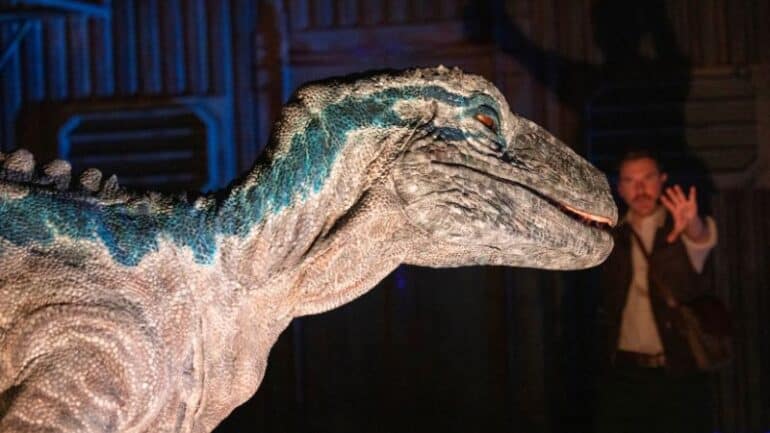Even though the first dinosaurs are thought to have emerged some 245 million years ago, scientists are learning more about them recently.
Some scientists even believe that dinosaurs do have feathers and coloured skin.
Our mental image of dinosaurs has been drilled into us; think about “Roberta”, the Tyrannosaurus rex (T-rex) from Jurassic Park.
Click the link below and listen the full episode:
But how accurate is this image? On this episode of The Science Briefing, Dr Sophie Calabretto talks to Cosmos Magazine journalist Evrim Yazgin about unlocking what dinosaurs truly looked like.
“I am a huge Jurassic Park fan, but I’m pretty sure Jurassic Park Universe’s portrayal of the T-Rex and other dinosaurs isn’t super accurate,” Dr Calabretto said.
Yazgin said Roberta’s skull shape should be much narrower than it presented in the movie, and new research also showed that T-Rex might have lips that would cover their teeth.
“Things like lips are not fossilized, so we don’t know for sure. The contention around T-Rex and other dinosaurs goes beyond just their appearances,” he said.
Jack Horner, an American paleontologist and dinosaur expert, has significantly contributed to our understanding of dinosaurs and their evolution.
Mr Hornere and his colleagues argue that T-rex’s massive head and limited arms would have hindered its ability to maintain balance and stop abruptly while running.
“It (T-rex) was running with its big head and, frankly, lack of arms and not being able to stop itself.”
Mr Horner said that dinosaurs would not be perceived as vibrant, singing, and dancing creatures because scientists allowed their personal opinions and biases to influence their research.
Introducing The Science Briefing: a podcast about the science of everything and your new go-to podcast for your snapshot of science news. Hosted by Dr Sophie Calabretto and featuring journalists from Cosmos Magazine. Hear it on the LiSTNR app now.
